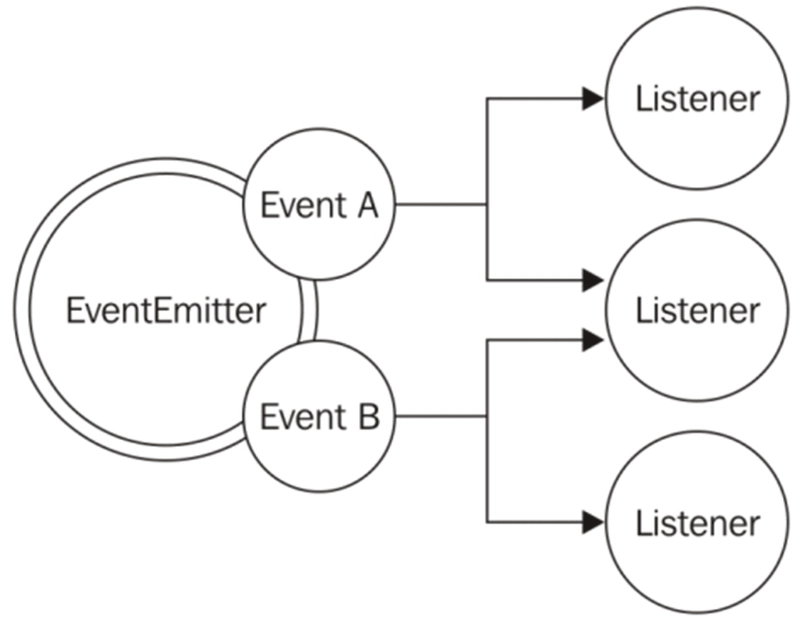1. What is the Observer Pattern?
The Observer Pattern is a behavioral design pattern that defines a one-to-many dependency between objects. When one object (the subject) changes its state, all its dependents (observers) are notified and updated automatically. This pattern is particularly useful in scenarios where a change in one object requires updates in others without tight coupling between them.
1.1 Definition
In essence, the Observer Pattern provides a mechanism for an object to notify a list of observers about changes in its state. This relationship enables the observers to react to the subject’s changes in a synchronized manner.
1.2 Why Use the Observer Pattern?
The Observer Pattern is beneficial in various scenarios, including:
- Decoupling : By allowing objects to interact without knowing each other’s details, it promotes a clean architecture.
- Scalability : New observers can be added without altering the subject, making the system more scalable.
- Dynamic Behavior : Observers can be added or removed at runtime, allowing for dynamic behavior adjustments.
2. Benefits of the Observer Pattern
The Observer Pattern offers numerous advantages, particularly in maintaining clean, organized code.
2.1 Loose Coupling
By enabling subjects and observers to interact through a common interface, the pattern fosters loose coupling. This means that changes in one component do not necessitate changes in another, facilitating easier maintenance and updates.
2.2 Improved Code Reusability
Since observers can be designed independently of the subjects they observe, this pattern enhances code reusability. You can create observers for different subjects without having to rewrite their logic, making your codebase more modular.
2.3 Enhanced Flexibility
With the ability to add or remove observers dynamically, the Observer Pattern allows developers to build applications that can adapt to changing requirements without significant code modifications.
3. Best Practices for Implementing the Observer Pattern
While implementing the Observer Pattern, consider the following best practices:
3.1 Define Clear Interfaces
Create clear interfaces for subjects and observers to ensure that they can communicate effectively. This clarity helps prevent confusion and improves code maintainability.
3.2 Use Weak References
To prevent memory leaks, consider using weak references for observers. This ensures that observers can be garbage collected when no longer in use, helping manage memory more efficiently.
3.3 Avoid Circular References
Be mindful of circular references between subjects and observers. Such relationships can lead to memory leaks and make the system harder to manage.
4. Real-World Applications of the Observer Pattern
The Observer Pattern is widely used in various applications, including:
- User Interface Frameworks : In frameworks like JavaFX or Swing, UI components can observe changes in the underlying data model.
- Event Handling Systems : Many event-driven systems utilize the Observer Pattern to handle user inputs and events effectively.
- Publishing Systems : Content management systems often use this pattern to notify subscribers about new articles or updates.
5. Implementing the Observer Pattern in Java
Let's delve into a practical implementation of the Observer Pattern in Java. In this example, we'll create a simple weather station that notifies display elements of temperature changes.
5.1 Step-by-Step Implementation
Step 1: Create the Subject Interface
import java.util.ArrayList;
import java.util.List;
interface Subject {
void registerObserver(Observer observer);
void removeObserver(Observer observer);
void notifyObservers();
}
Step 2: Create the Observer Interface
interface Observer {
void update(float temperature);
}
Step 3: Implement the WeatherData Class
class WeatherData implements Subject {
private List<Observer> observers;
private float temperature;
public WeatherData() {
observers = new ArrayList<>();
}
@Override
public void registerObserver(Observer observer) {
observers.add(observer);
}
@Override
public void removeObserver(Observer observer) {
observers.remove(observer);
}
@Override
public void notifyObservers() {
for (Observer observer : observers) {
observer.update(temperature);
}
}
public void setTemperature(float temperature) {
this.temperature = temperature;
notifyObservers();
}
}
Step 4: Implement the Display Classes
class CurrentConditionsDisplay implements Observer {
private float temperature;
@Override
public void update(float temperature) {
this.temperature = temperature;
display();
}
public void display() {
System.out.println("Current temperature: " + temperature + "°C");
}
}
5.2 Demo Code
Here's how you can utilize the above implementation in a simple demo:
public class WeatherStation {
public static void main(String[] args) {
WeatherData weatherData = new WeatherData();
CurrentConditionsDisplay currentDisplay = new CurrentConditionsDisplay();
weatherData.registerObserver(currentDisplay);
weatherData.setTemperature(25.5f);
weatherData.setTemperature(30.0f);
}
}
5.3 Expected Output
When you run the demo code, you should see the following output:
Current temperature: 25.5°C
Current temperature: 30.0°C
6. Conclusion
The Observer Pattern is a powerful design pattern that enhances communication between components while promoting loose coupling. By implementing this pattern in your Java applications, you can create flexible, scalable, and maintainable systems. If you have any questions or would like to share your thoughts on the Observer Pattern, please feel free to leave a comment below!
Read posts more at : Techniques to Understand the Observer Pattern in Java






Top comments (0)